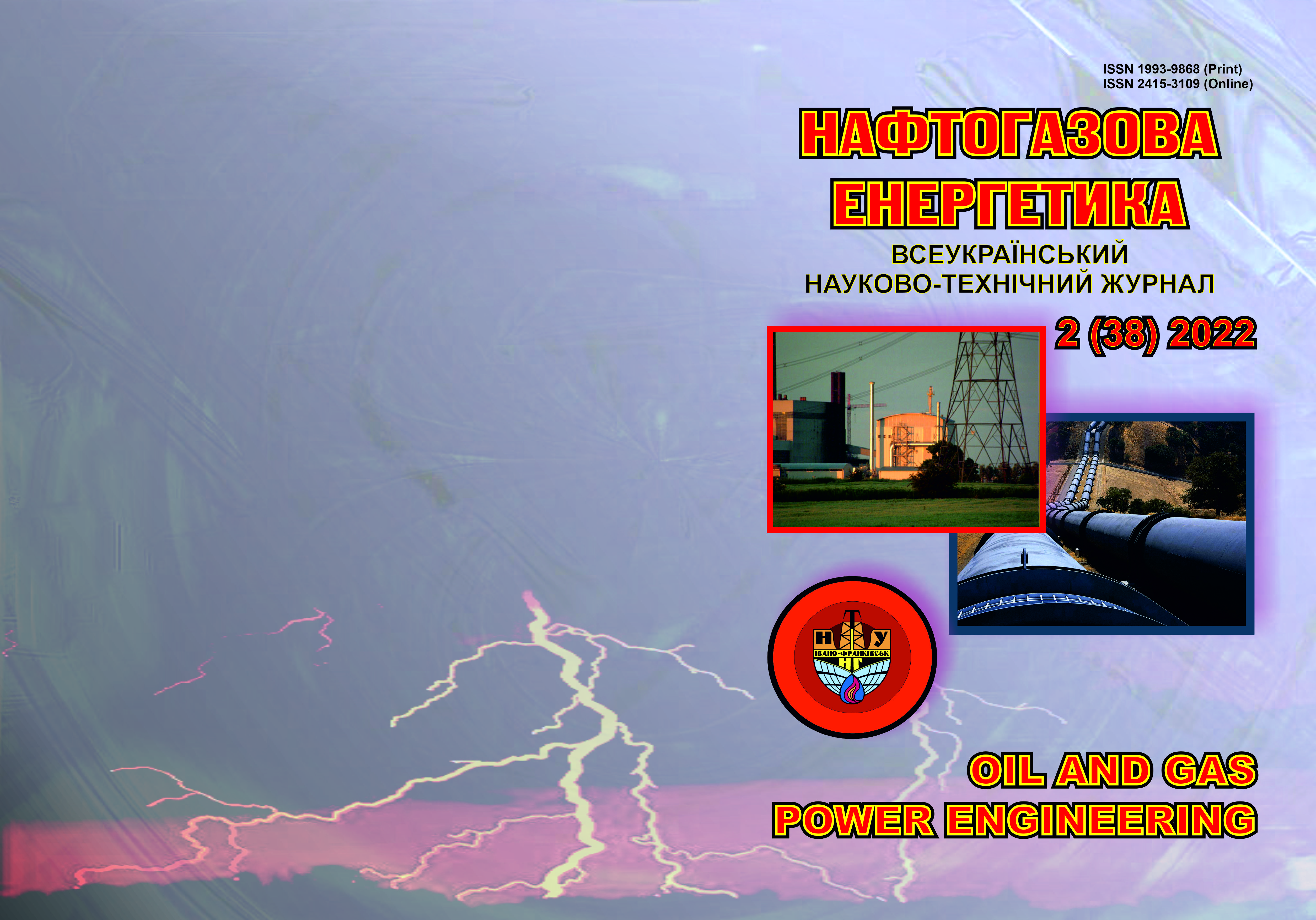Розроблення конструкції регульованого сопла Лаваля
DOI:
https://doi.org/10.31471/1993-9868-2022-2(38)-85-92Ключові слова:
: імітаційне моделювання; 3D-принтер; деформація; регулювання; газовий потікАнотація
Для охолодження потоків газу в різноманітних технологічних процесах використовують різне обладнання, зазвичай теплообмінники. Однак, для роботи теплообмінників необхідне відведення тепла. У статті пропонується використовувати сопло Лаваля, де газовий потік охолоджується за рахунок фізичного явища, при якому швидкість потоку газу перевищує швидкість звуку. Однак параметри газового потоку на вході у сопло не завжди можливо регулювати, що зменшує ефективність роботи сопла Лаваля. Крім того, ефективність сопла значно залежить від зміни швидкості потоку газу у ньому. Попередній аналіз існуючих конструкцій регульованих сопел показав, що вони є складними як у виготовленні, так у експлуатації. Для регулювання параметрів роботи сопла Лаваля пропонується його конструкція із змінним діаметром внутрішнього отвору (критичного перерізу). Таке сопло можна виготовити із еластичного матеріалу, наприклад силікону, та розмістити у спеціальному корпусі, у який вгвинчується притискна гайка. При вгвинчуванні гайки відбувається деформація еластичного сопла як у осьовому, так і у радіальному напрямках. За допомогою імітаційного моделювання визначено геометричні параметри пропонованого еластичного сопла при деформації його у осьовому напрямку на величину 10 мм. Встановлено, що при цьому внутрішній отвір еластичного сопла з діаметра 12 мм зменшується до діаметра 8,54 мм. Для проведення лабораторно-експериментальних досліджень запропонованого сопла розроблено та виготовлено на 3D-принтер і прес-форму, з допомогою якої із силікону SKR-788 вилите еластичне сопло. Також для дослідження сопла виготовлено спеціальний стенд. Провівши вимірювання силіконового сопла встановлено, що його діаметр у критичному перерізі без деформації у осьовому напрямку складає 11,8 мм, а при деформації на величину 10 мм – 8,6 мм.
Завантаження
Посилання
Abramovich G.I. Prikladnaya gazovaya dinamika. V 2 ch. Ch. 1: ucheb. M.: Nauka. Gl. red. fiz-mat. lit, 1991. 600 p. [in Russian]
Inozemtsev A.A., Sandratskiy V.L. Gazo-turbinnyie dvigateli. Perm: OAO «Aviadvigatel», 2006. .[in Russian]
https://patents.su/3-1255765-reguliruemyjj-ehzhektor.html. [in Russian]
https://silikoni.com.ua/ua/molding_silicone/skr-788-silikon-dlya-form.[in Russian]
Mykhailiuk V., Erdei Z., Dzhus A., Dichiuk V., Rodich V. Proektuvanniata 3D-prototypu-vannia. Ivano-Frankivsk: Foliant, 2022. 105 p. [in Ukrainian]
Bembenek M., Gazda W., Mykhailiuk V. V., Rudeichenko O. O., Deineha R. O. Analiz mozhlyvosti vdoskonalennia 3D-druku obertovykh elementiv metodom FDM. Naukovyi visnyk Ivano-Frankivskoho natsionalnoho tekhnichnoho universytetu nafty i hazu. 2022. No 1(52). P. 73–81. https://doi.org/10.31471/1993-9965-2022-1(52)-73-81. [in Ukrainian]
##submission.downloads##
Опубліковано
Як цитувати
Номер
Розділ
Ліцензія
Авторське право (c) 2023 Нафтогазова енергетика

TЦя робота ліцензується відповідно до Creative Commons Attribution-ShareAlike 4.0 International License.


.png)






1.png)








